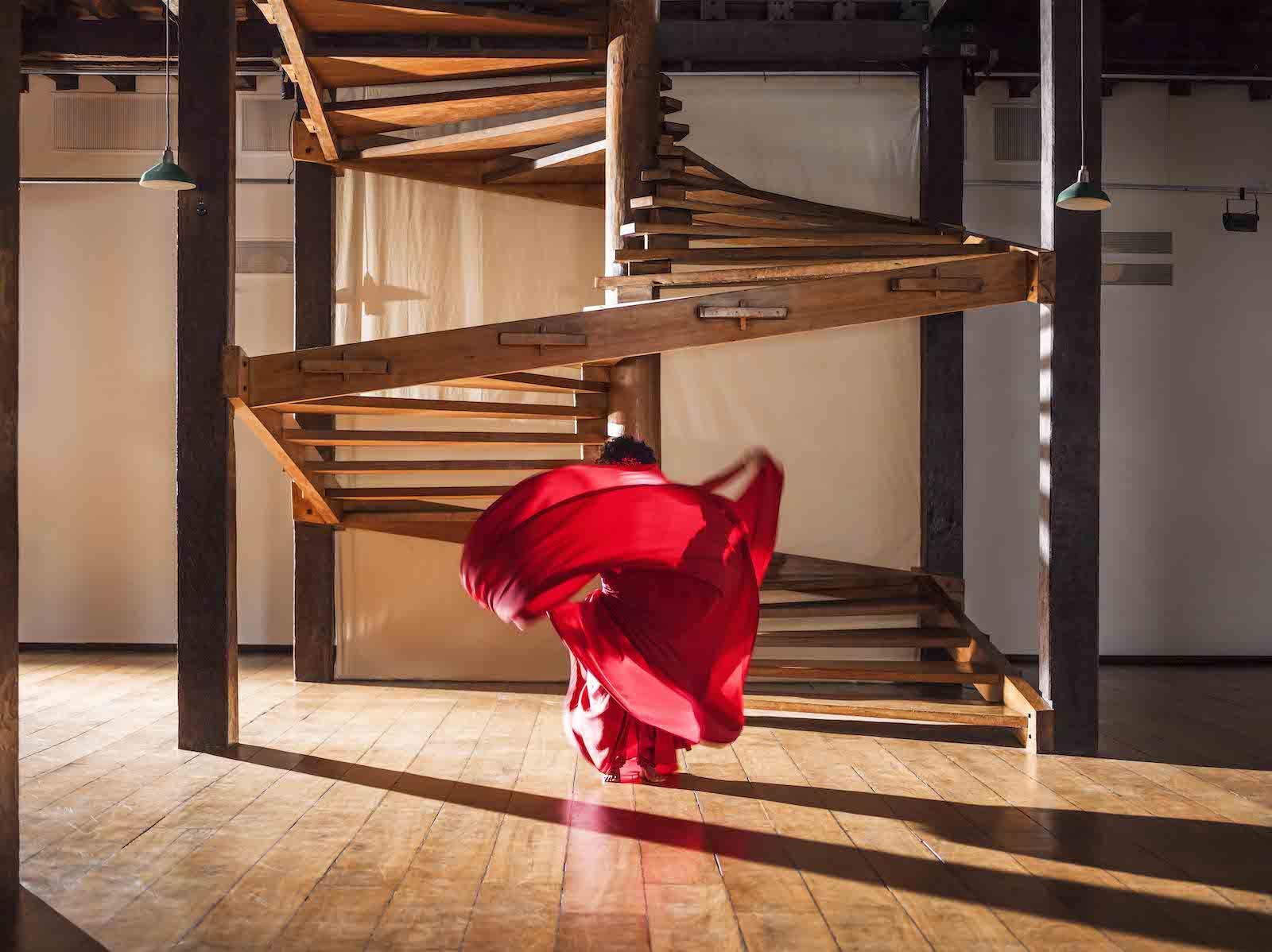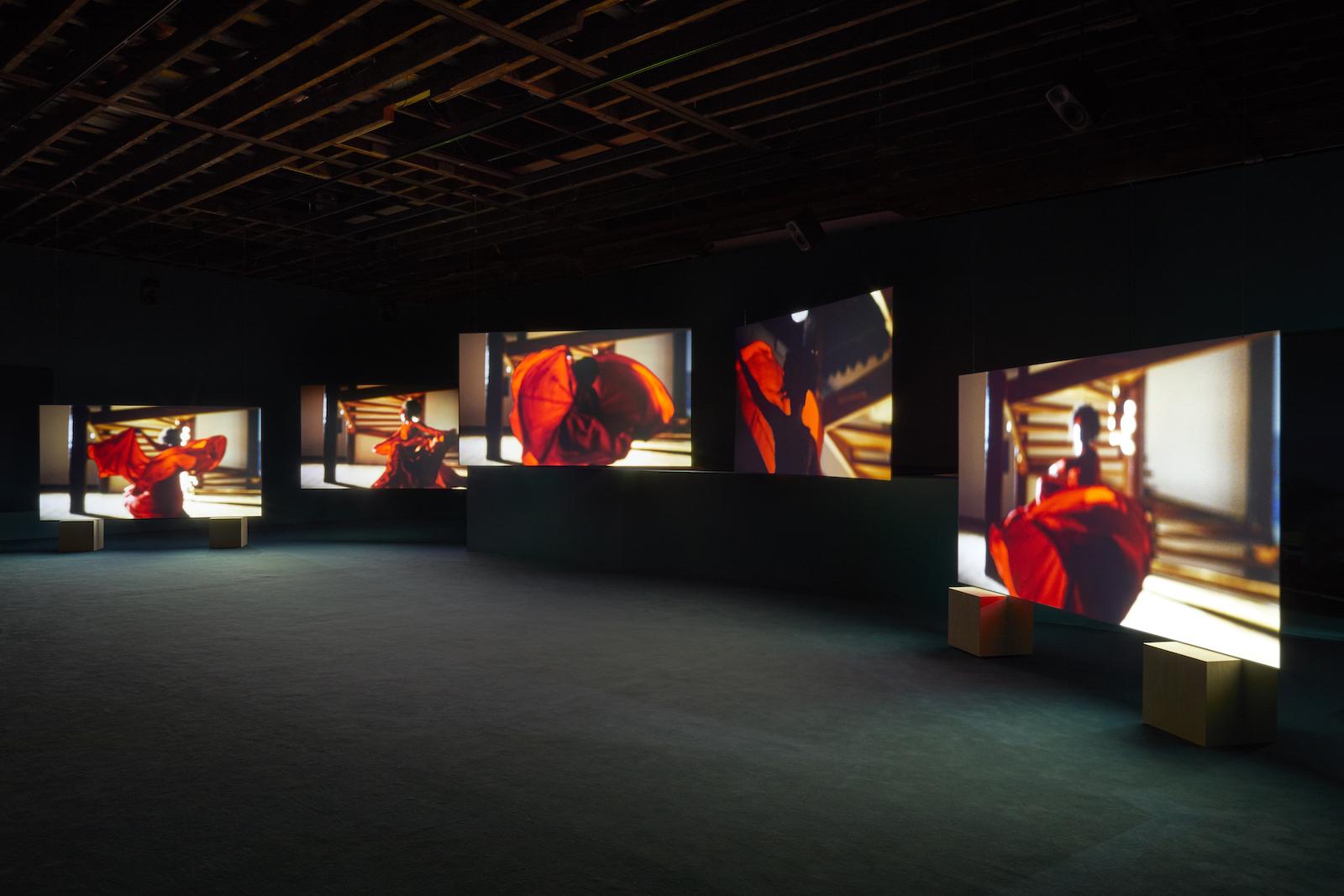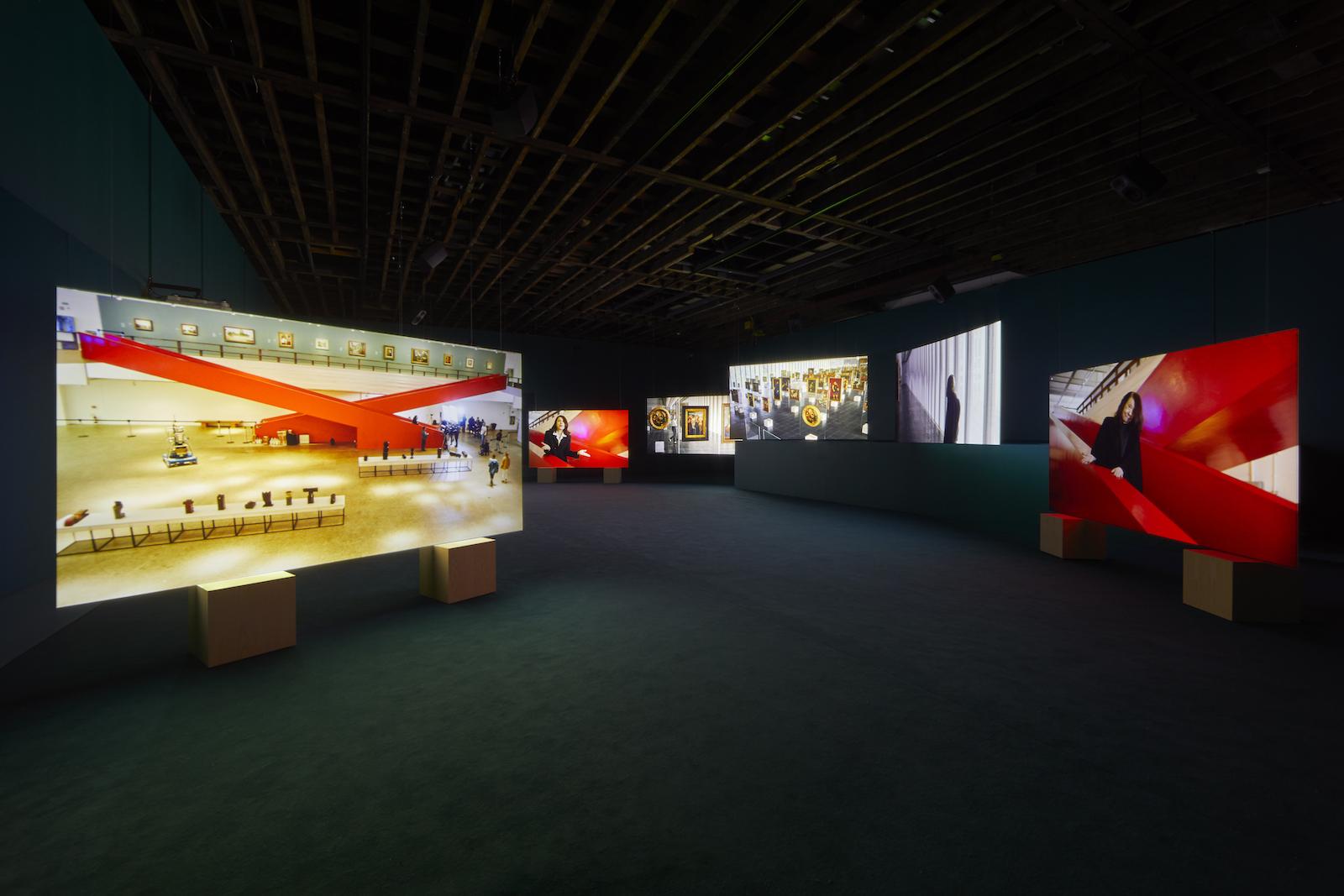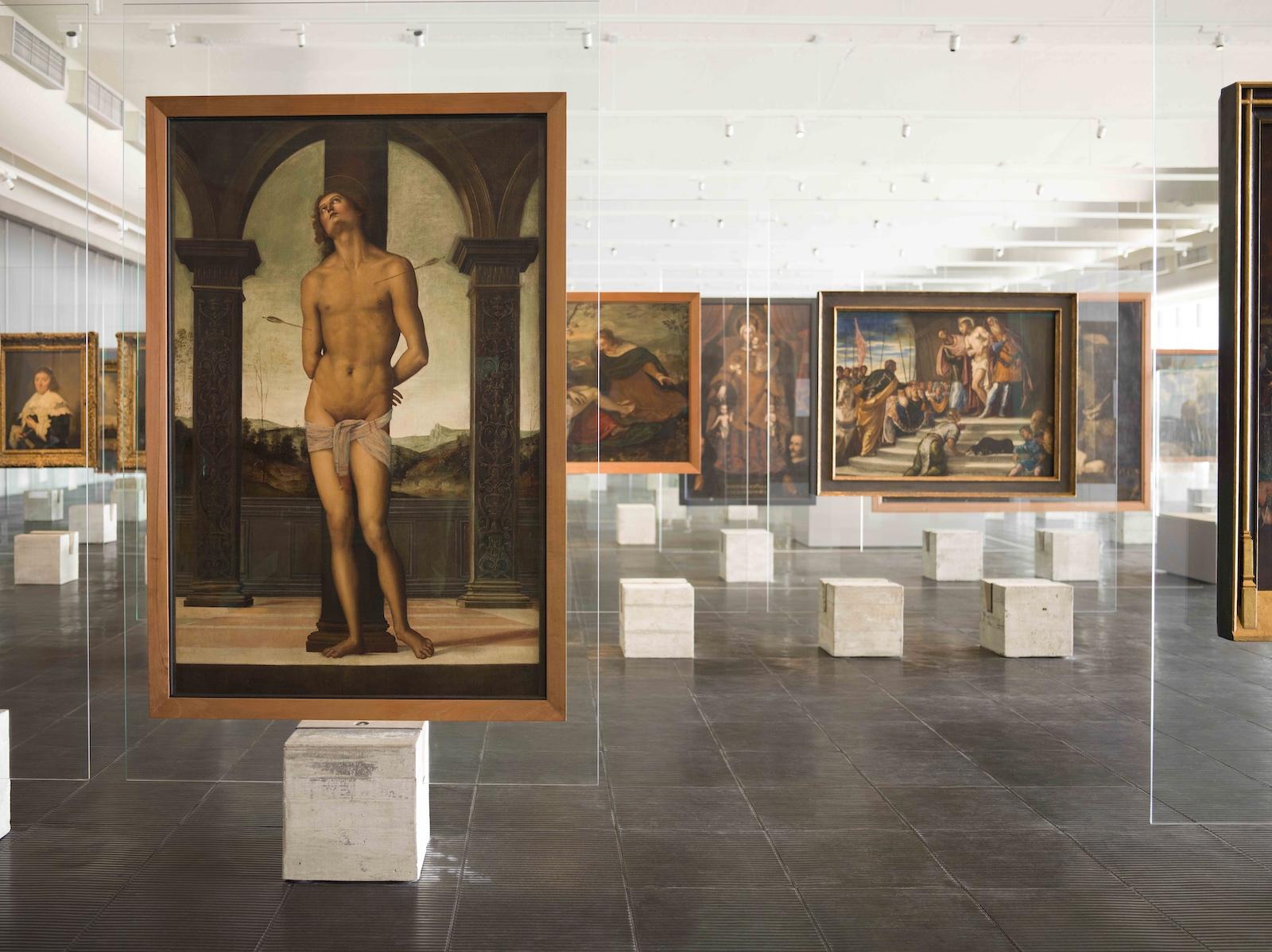Born in Rome in 1914, Lina Bo Bardi took on many artistic roles in her lifetime, including as a designer, scenographer, artist, and critic. After immigrating to Brazil in 1947, she would see her greatest success as an architect, going on to design some of the most prominent museums and cultural institutions in the country. Her unique take on Italian Modernism embraced Brazilian culture and aesthetics, a style visible in the Museu de Arte de São Paulo (MASP), the SESC Pompéia, a former factory in São Paulo that Bo Bardi converted into a recreation center for the public, and the Teatro Oficina, a crumbling office building she rebuilt into an avant-garde theater. Her home, the Casa de Vidro, a modernist glass structure set in the jungle, is also a landmark.
This year, the Venice Biennale of Architecture awarded Bo Bardi the Special Golden Lion for Lifetime Achievement in memoriam, citing that she best embodies the Biennale’s theme: How will we live together? Meant to be functional and enjoyed by all, Brazilians have embraced Bo Bardi’s multi-use buildings, which Julien describes as “very utopian, the way they could attract so many different people from different walks of life.”

































